|
LISTEN TO THIS THE AFRICANA VOICE ARTICLE NOW
Getting your Trinity Audio player ready...
|
Covid19 brought the whole world to a near standstill, shutting down almost every public institution except for those considered essential. Months later, on the realization that the pandemic is not going anywhere any time soon, discussions have moved from sheltering in place to finding ways to safely reopen the economy.
Institutions of learning at every level were majorly affected by the shutdown. Naturally, they are among those who have been actively seeking the way forward to open up safely.
Educators, parents, and the communities from across the globe have opined on this issue. A common thread emerges. There are those in favor of fall reopening, with in-person instructions and those who prefer online instructions.
In-person interactions in a school setting are critical to children’s development and cannot be minimized. The American Academy of Pediatrics (APA) issued their support for school reopening, noting it promotes social, emotional, and physical growth. They argued that school closures had given rise to documented child abuse cases, isolation, depression, and food insecurity.
In Kenya, school closure due to Covid-19, stand out as the leading cause for the unprecedented number of teen pregnancies that shocked the country. While the full extent of the crisis is unclear due to inconclusive data, the revelation is troubling.
Since the release of their policy guidance for school reopening, it has become more evident to the academic world that one blanket policy does not work for every state or country.
Their revised policy guidance encourages educators and the community to reopen and allow for in-person teaching only after making informed decisions based on the degree of Covid19 spread within their communities.
These new guidelines are consistent with those released by the Centers for Disease Control and Prevention (CDC), National Association of School Nurses, World Health Organization, National Academy of Sciences, Engineering, and Medicine.
Some data projection models are now available to help communities forecast their reopening strategies by narrowing down to the Covid19 spread within their County, state, and country. Such models help with the decision-making process of reopening the face to face tutoring.
Cerner, a healthcare data innovation company, created one such tool.
Cerner uses projections based on previous 14 days infection rates and evaluates the need for social distancing. It then assigns a color-coded Reopening Risk Index. The risk index tool has four risk levels from low risk to very high risk.
Some factors to consider before reopening face to face instructions include:
1. School Infrastructure
Is there enough funding to accommodate the additional staffing needs?
Can social distancing be safely achieved? Can some buildings be repurposed to accommodate the additional space needs?
2. Family Factors
Is the plan flexible enough to accommodate ongoing research? What are the measures in place for hand hygiene, social distancing? Are the kids going to be in pods or small groups? What kinds of schedules are available? Even though kids have lower transmissibility, do they live with immuno-compromised family members?
Balancing the need to return to normalcy and safety is the Covid-19 era challenge of our times; this must happen with utmost care guided by solid science and public health considerations. We must learn our lessons from the experience of some communities that rushed to reopen, only to close back-up again due to increased infection rates.
Any reopening plans must put in place contingencies and have the flexibility to close up again and move from one phase to another, whenever the need arises based on transmissibility rates.
Source: AAP.org, CERNER.com

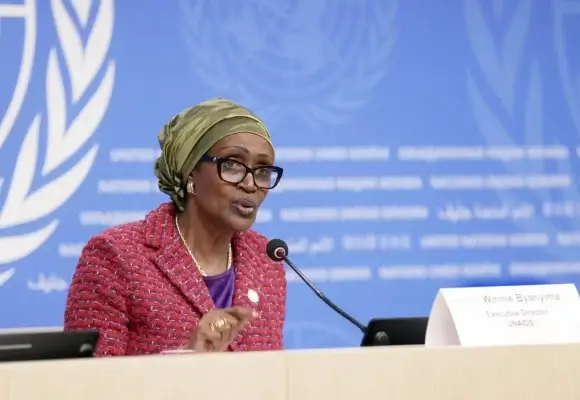
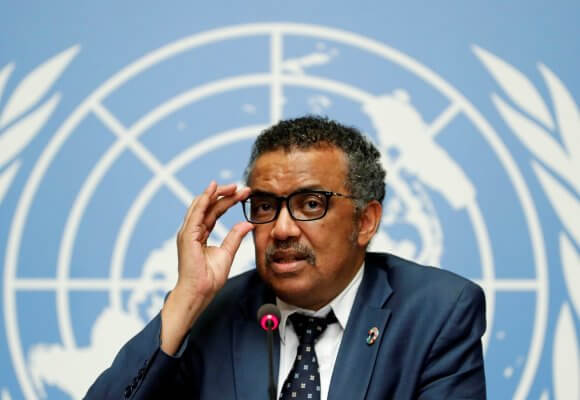
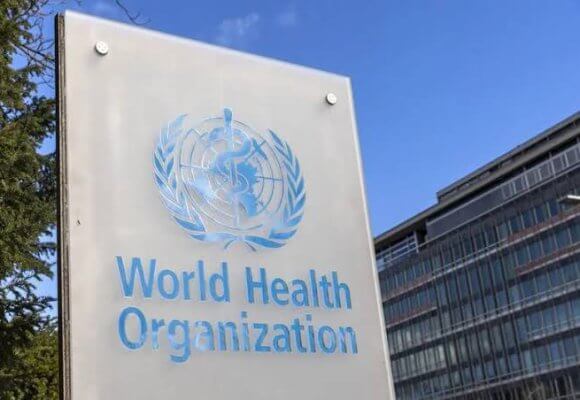
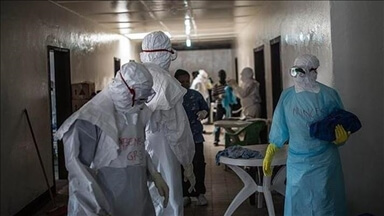
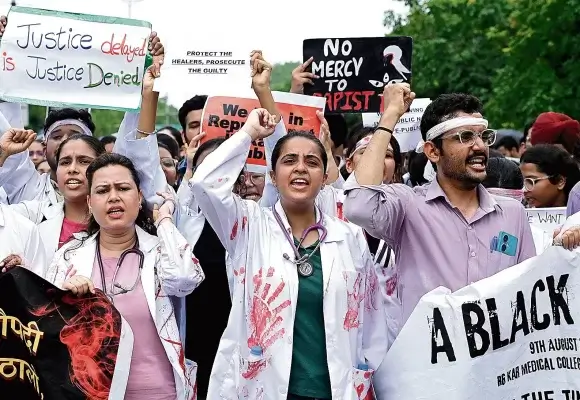

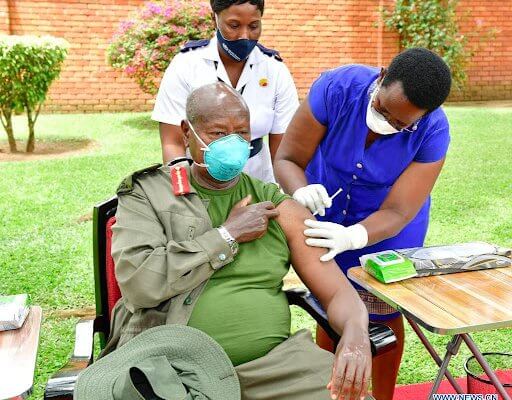
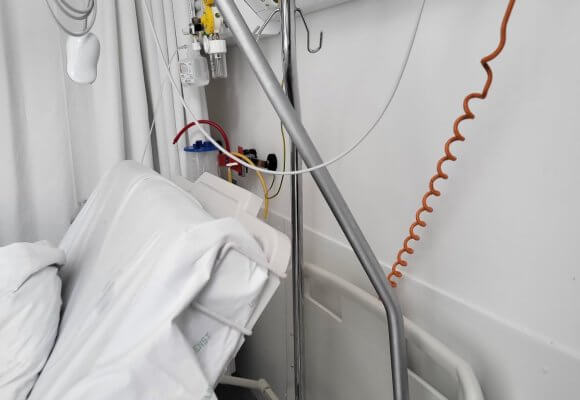

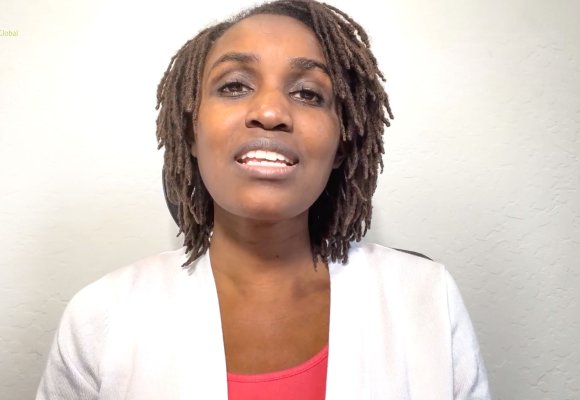
LEAVE A COMMENT
You must be logged in to post a comment.